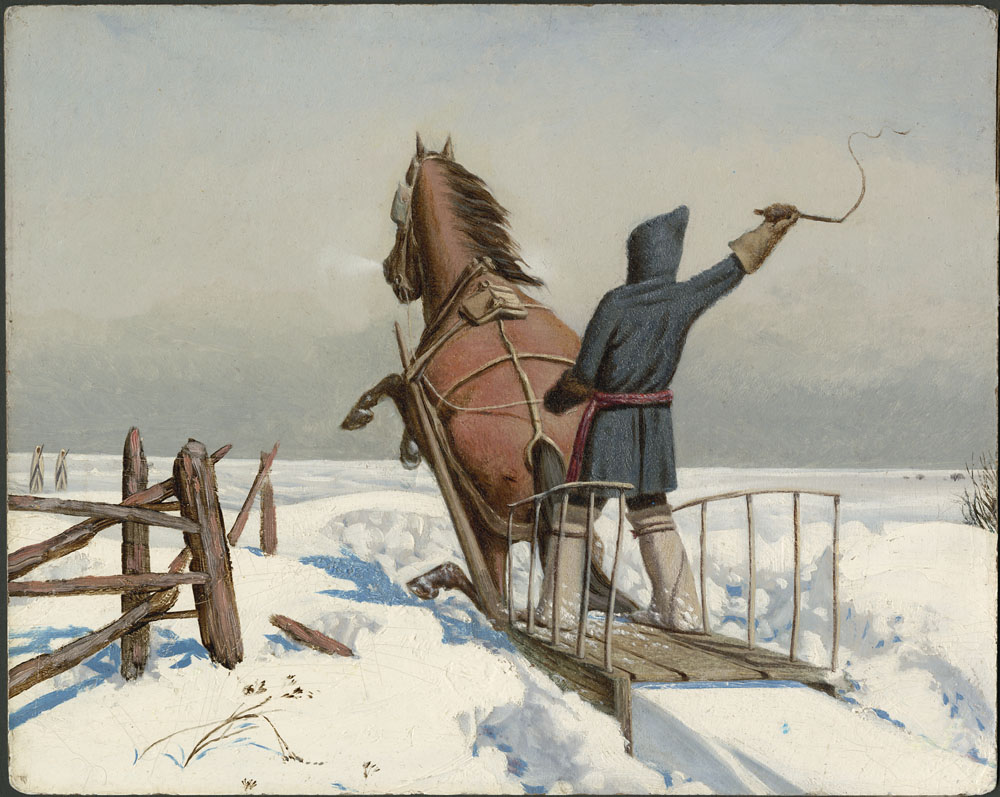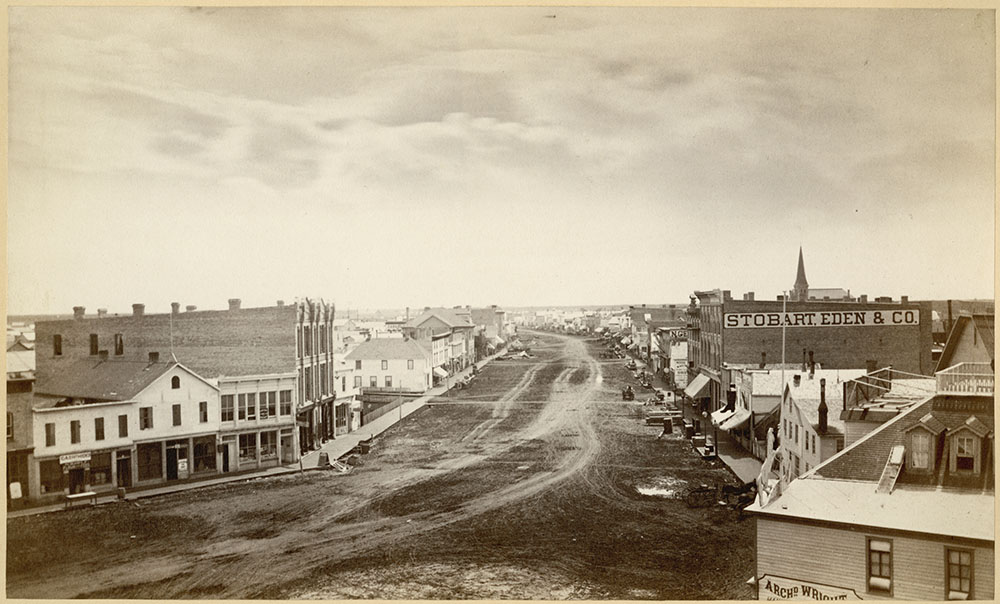![On the left of the graphic, Tatânga Mânî [Chief Walking Buffalo] [George McLean] in traditional regalia on horse. In the middle, Iggi and girl engaging in a “kunik”, a traditional greeting in Inuit culture. On the right, Maxime Marion, a Métis guide stands holding a rifle. In the background, there is a map of Upper and Lower Canada, and text from the Red River Settlement collection.](https://thediscoverblog.files.wordpress.com/2019/02/blog-banner-1.jpg?w=519)
By William Benoit

Library and Archives Canada holds plans produced by the Canadian government of existing Métis river lots. These were required by the Manitoba Act and the transfer of Rupert’s Land and the North-Western Territory. These river lot plans are important pieces in understanding the Métis Nation. The plans are invaluable to the entire Métis Nation because they show where many Métis ancestors lived before Canada’s acquisition of the region.

The Métis created settlements across the Métis Nation Homeland. The cradle of this homeland was the Red River Settlement. By 1869, there were 12,000 inhabitants there, of which 10,000 were Métis. Censuses recorded that 5,000 to 7,000 of the Métis were children.
King Charles II granted a trading monopoly over the territory known as Rupert’s Land to the Hudson’s Bay Company in 1670. This territory comprised all of the land watered by rivers flowing into Hudson Bay. These areas included what is now the whole of Manitoba, most of Saskatchewan, southern Alberta, southern Nunavut, and northern parts of Ontario and Quebec. In the United States, Rupert’s Land included parts of Minnesota, North Dakota, South Dakota and Montana.
On November 19, 1869, the Hudson’s Bay Company surrendered Rupert’s Land and the North-Western Territory under its letters patent to the British Crown. By Order-in-Council dated June 23, 1870, the British government admitted the territory to Canada, under section 146 of the British North America Act, 1867 (now the Constitution Act, 1867), effective July 15, 1870. This was subject to the making of treaties with the sovereign Aboriginal peoples.
The Métis in Red River were apprehensive about the transfer and were concerned that it would threaten their way of life. They were unsure about the status of their land rights and their democratic rights under the proposed new regime. The federal government sent out survey parties prior to the transfer of Rupert’s Land. Their surveys were to be carried out in accordance with the Ontario style of survey, in squares, instead of the system of long, narrow lots with river frontage used by the Métis. The new system cut across properties already in existence. On October 11, 1869, proclaiming that the federal government had no right to act without permission, a group of Métis stopped a crew of surveyors on a Métis river lot. This challenge to the way that the Government of Canada conducted these activities served notice that the residents would need to be consulted and have their rights guaranteed.
In November 1869, the Métis seized Upper Fort Garry and established a provisional government. The Métis government drafted demands that Canada had to satisfy before they would accept incorporation into Canada. The result was the Manitoba Act. The arrangement made for the Manitoba Act is one of the deals (or compacts) that led to Canada’s expansion westward.
Under the Manitoba Act, the intention was to respect the concern of the Métis for their lands. This took two forms: a provision to protect the existing land holdings of the 3,000 Métis adult landholders (section 32), and a provision to give Métis children and families a “head start” in the province with a land grant of 1.4 million acres (section 31).
In post-Confederation Manitoba, the position of the Métis deteriorated. New settlers from Ontario were hostile for racist, religious and cultural reasons. Some Métis elders, over generations, described that period as a “Reign of Terror” against the Métis people. The distribution of land under section 31 was slow and fraught with corruption. As a result, many Métis sold their promised interests in the land and moved outside of the province that they had helped to create. The 1874 plan of river lots in the parishes of St. Norbert and St. Vital is included below as an example that depicts the early stages of the Métis diaspora. It also documents land speculation by individuals such as Donald Smith of national railway fame, and the Roman Catholic clergy’s attempt to create and maintain a French-speaking enclave in advance of the oncoming wave of immigration.
The Métis river lot maps are very important documents today because they can be used to identify and register citizens of the Métis Nation.

Visit the Flickr album for images of Métis Nation river lot plans.

![On the left of the graphic, Tatânga Mânî [Chief Walking Buffalo] [George McLean] in traditional regalia on horse. In the middle, Iggi and girl engaging in a “kunik”, a traditional greeting in Inuit culture. On the right, Maxime Marion, a Métis guide stands holding a rifle. In the background, there is a map of Upper and Lower Canada, and text from the Red River Settlement collection.](https://thediscoverblog.files.wordpress.com/2019/02/blog-banner.jpg)


